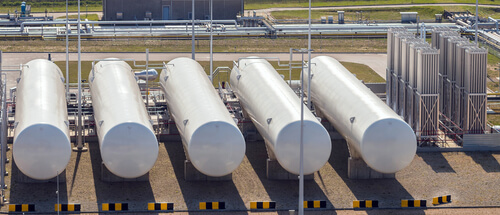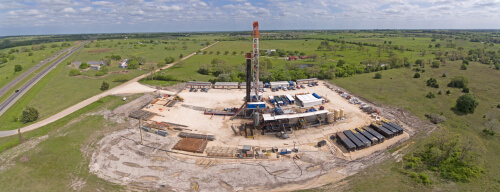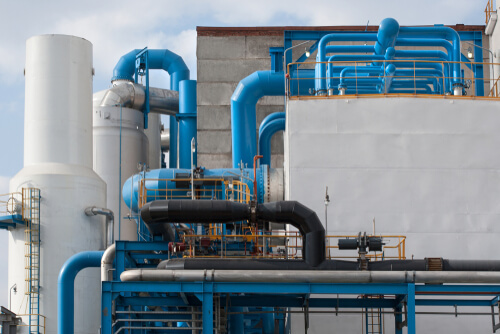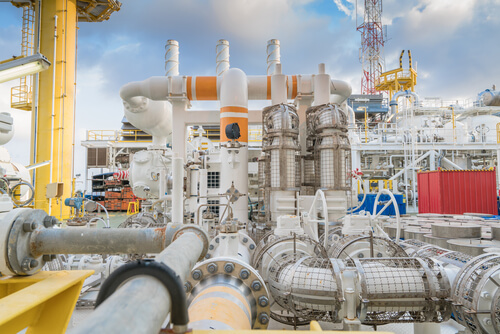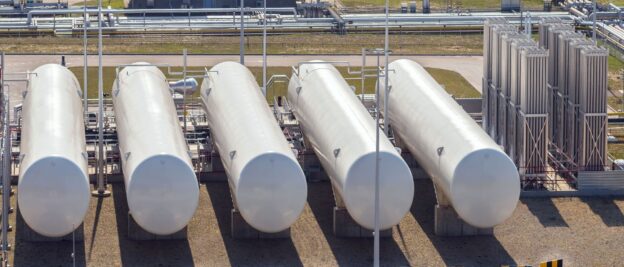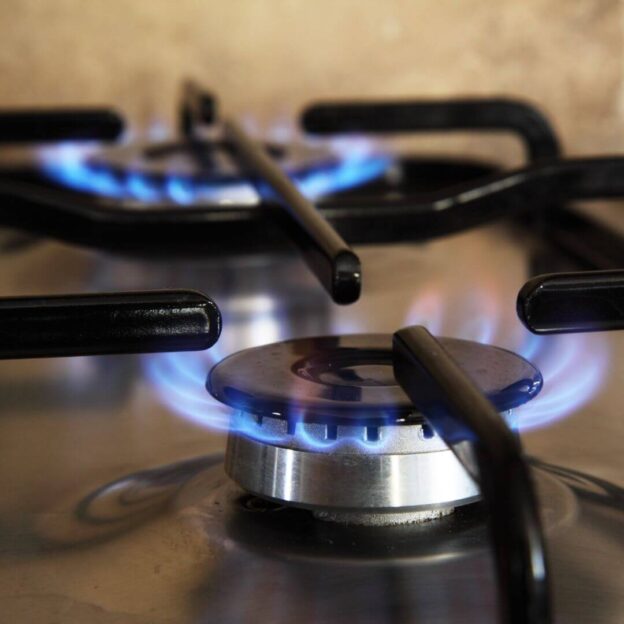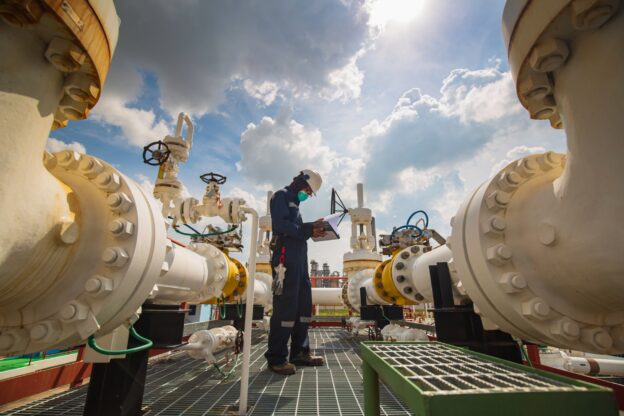Natural gas liquids (NGLs) like propane, butane, and ethane are valuable byproducts of natural gas processing. They have a variety of industrial and commercial uses, from providing fuel for heating and engines to being petrochemical feedstocks.
However, NGLs can be hazardous if not properly handled and stored.
As natural gas production experts, we’re here to provide an overview of safe NGL storage methods at industrial plants, including portable storage options.
Ensure Proper Storage Containers and Tanks
NGLs are often stored onsite in large pressurized storage tanks at gas processing plants. It’s crucial that these tanks and any associated piping and equipment be engineered to contain the NGLs safely.
Tanks should comply with standards from organizations like the American Petroleum Institute. The proper construction materials, thickness, welds, valves, and gauges must be used. Tanks should also have emergency pressure relief mechanisms in case of over-pressurization. Regular inspection and maintenance are key.
Smaller NGL containers like drums and cylinders should also be robust and specifically designed for holding liquid hydrocarbons at pressure. Containers should be clearly labeled with their contents and any associated hazards. Never use an unapproved container to store NGLs. Proper personal protective equipment like fire-resistant clothing, gloves, and eye protection should be used when handling NGL storage containers.
Use Caution with Portable NGL Storage
Portable NGL storage tanks provide flexibility in containing and transporting NGLs onsite. These tanks are filled at processing units and transported for further loading, unloading, and use. Caution must be exercised during every step of working with portable NGL tanks.
Tanks should be designed for at least 1.5-2 times the maximum allowable working pressure of the NGL. Steel construction with welded, flanged, and threaded connections is preferable.
Only trained personnel should fill, transport, and offload portable tanks. Proper personal protective equipment must be worn.
Hoses and transfer piping should be resistant to NGLs and have the appropriate pressure rating. Connections must be tight.
During transport, tanks should be properly secured to trucks or trailers. Tanks must have shutoff valves.
Offloading should take place away from ignition sources in a contained area. NGLs should go directly into approved permanent storage infrastructure.
Use Dikes and Containment Structures
As an added safety measure, permanent and portable NGL tanks can be surrounded by containment structures like dikes or catchment pits.
These are barriers made of impermeable materials like concrete. They provide an extra layer of spill and leak containment in case of a breach in the tank itself. Dikes should hold a volume equal to 1.5 times the full volume of the tank. And the dike material must be compatible with exposure to NGLs.
Similarly, filling and offloading areas for NGL tanks and containers can be designed with curbs, berms, or drainage trenches for spill containment. Having containment measures and the appropriate absorbent materials on hand enhances the safety of any area where NGLs are transferred and stored.
Adhere to Codes and Inspect Storage Infrastructure
There are a variety of occupational safety codes and standards in place for handling NGLs from organizations like OSHA and NFPA. Plant managers must be familiar with any regulations applicable to their site and make sure all NGL infrastructure adheres to the necessary codes.
Regular inspection and testing ensure that tanks, piping, valves, and containment structures remain in satisfactory condition over time. Storage infrastructure should also be designed by qualified engineers familiar with NGL safety requirements.
It’s also crucial to have active leak monitoring, good ventilation, proper labeling, and restricted access to NGL storage areas. Fire suppression equipment, system interlocks, and emergency shutoffs add to the overall safety of the facilities as well. Plant personnel require ongoing training for operating NGL handling and storage equipment most safely.
Perfect NGL Storage Today, With Pro-Gas Services, LLC
Storing NGLs properly is vital for the safety of industrial facilities and personnel. Following the best practices outlined above for storage methods, containers, portable tanks, containment measures, and good design ensures NGLs are managed prudently. Safe handling and storage of these valuable gas plant products starts with working with our team at Pro-Gas Services, LLC.
We can help you find the right storage solutions for your NGLs and give your facility the edge it needs in our thriving industry. Contact us today to learn more about our product availability,


